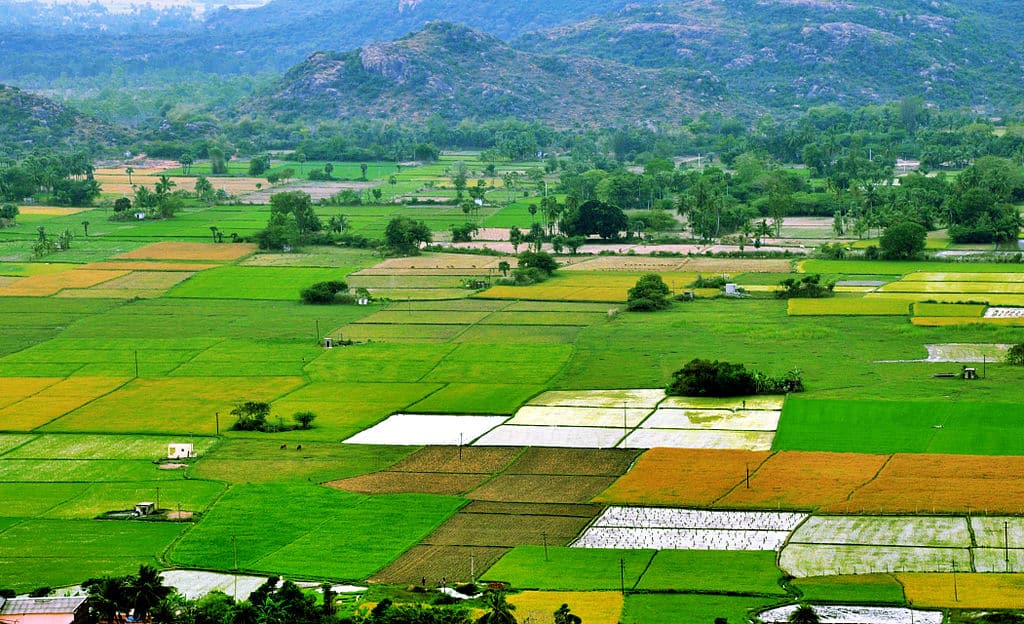Monotonous cropping pattern due to economic considerations and lack of social values is taking a toll on biodiversity. The impact of changing cropping patterns on cultivation land raises the question- Is it the time to go back to traditional crops?
Reasons for Change in Cropping Pattern
Research proves that India has adopted a monotonous cropping pattern owning to economic considerations and lack of traditional knowledge. Also, the introduction of green revolution has vanished heritage varieties. Further, a rapid increase in population and fragmentation of land has contributed to the loss of crop diversity.

Benefits of traditional Cropping Pattern
The traditional crops were pest resistant and could be grown in deep waters and inland areas. Besides, these crops had a high tolerance to salinity and had many medicinal properties. Moreover, being rich in nutrition, the traditional varieties were great in taste too. However, the current cropping pattern reveals a different picture.
Despite being the largest rice producer in Asia, India produces only limited varieties and have lost thousands of rice variety over time. Also, Bangladesh has lost around 7,000 types of landraces to produce HYV (high yielding varieties) of rice. Currently, India is left with just 2000 varieties of land races, 60% of which is rice sown on a small scale by marginal farmers.
Use of GI
Geographical Indications (GI) tag plays a significant role in protecting agro-biodiversity. It protects the traditional knowledge and practices regarding the growth of that crop through documentation. Besides, it secures farmers’ ownership over the product through intellectual property rights. However, the registration process calls for verifying the originality by linking it to the geographical boundaries of the product. India has around 15 varieties registered under GI, which is very less compared to the wide variety it has.
The Need for Awareness
Several chefs are creating awareness among consumers about the diminishing traditional varieties of rice. Besides, many have started initiatives like the Edible Archives Project and Spirit of Earth to educate people about the production and consumption of artisan varieties.
In all, rising urbanization and industrialization is posing threat to Indian agriculture. Hence, there is a need to bring back the traditional varieties of crops to our plate to maintain ecological balance.